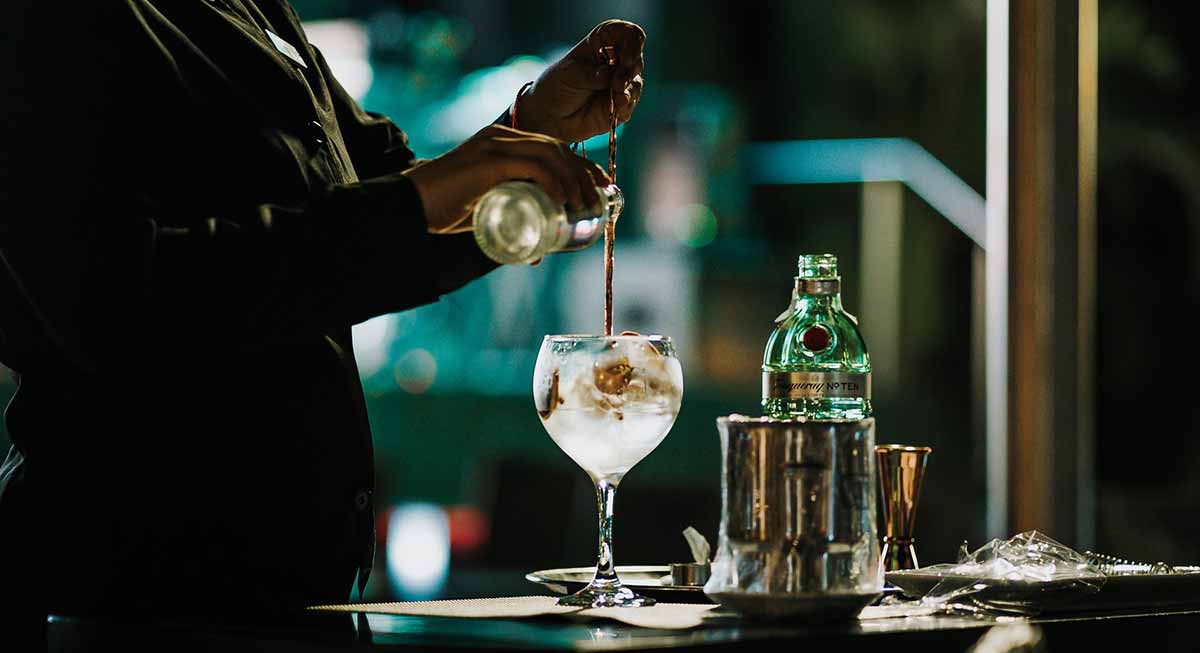The history of the gin and tonic began when the Spanish conquerors, in the 1700s, learned of the use that the Quechua tribe (in what is now Peru) gave to the bark of the cinchona trees (technically: a genus of flowering plants of the order of the Gentianales of the Rubiaceae family)
The Quechua removed the cinchona and crushed it to calm and stop tremors related to fever. The active ingredient in cinchona power is a small chemical known as quinine.
In this way, observing the benefits of cinchona, the Spanish began to apply it to other uses, mainly to combat malaria (a disease caused by the parasite that is transmitted to humans through mosquito bites and whose main symptom is fever, although it is usually accompanied by chills, shivering, sweating, and muscle aches).
Gin in the British colonies
But it would not be until 1820 when the active chemical substance, quinine, was extracted from the cinchona. At that time, the chemical became easier to dose and easier to produce.
The 19th century saw the colonial expansion of some European countries in Africa and Asia; and the origin of the problems that affect everyone at an international level because that colonial policy was clearly unbridled, leaving some benefits in countries less developed than France or England, but depleting their sources and natural resources. But, let’s not deviate from the question, what has brought us here: the origin of the gin and tonic.
As the British settled and took over India, they also used quinine to prevent malaria infection and combat its effects. They found only one problem: the bitter taste of quinine made it unpleasant to ingest. It was then that it began to be mixed with alcohol.
Johann Jakob Schweppe
If the French mixed cinchona with wine, the British decided to mix it with gin, sugar and even a little lemon… We already have the infallible mix of gin and tonic, right?
Later, this mix was made even more enjoyable when a Swiss jeweler of German descent named Johann Jakob Schweppe created a concoction of sparkling soda water, with citrus and quinine, calling it “Schweppes Indian tonic water.” A brand that, as we all know, continues to water a good part of the gin and tonic today. The gin and tonic was born as a product of chance, study and the search for pleasure.
quinine is no longer an effective treatment: malaria parasites have become resistant to the drug
However, tonic water currently on the market contains much less quinine than its source.
And it is that to prevent malaria, between 500 and 1,000 milligrams of quinine were needed, but the consumption of a liter of tonic water currently only receives between 83 to 87 milligrams.
The most curious thing is that quinine, by itself, is no longer an effective treatment for the disease: why? Because malaria parasites have become resistant to the drug.
And, now, you know, all kinds of ingredients are added to this drink… distorted its origin? Maybe. But, for tastes there are the colors and the gin and tonic 😀
The version of this post in【SPANISH】🍸 Historia del famoso GIN TONIC


